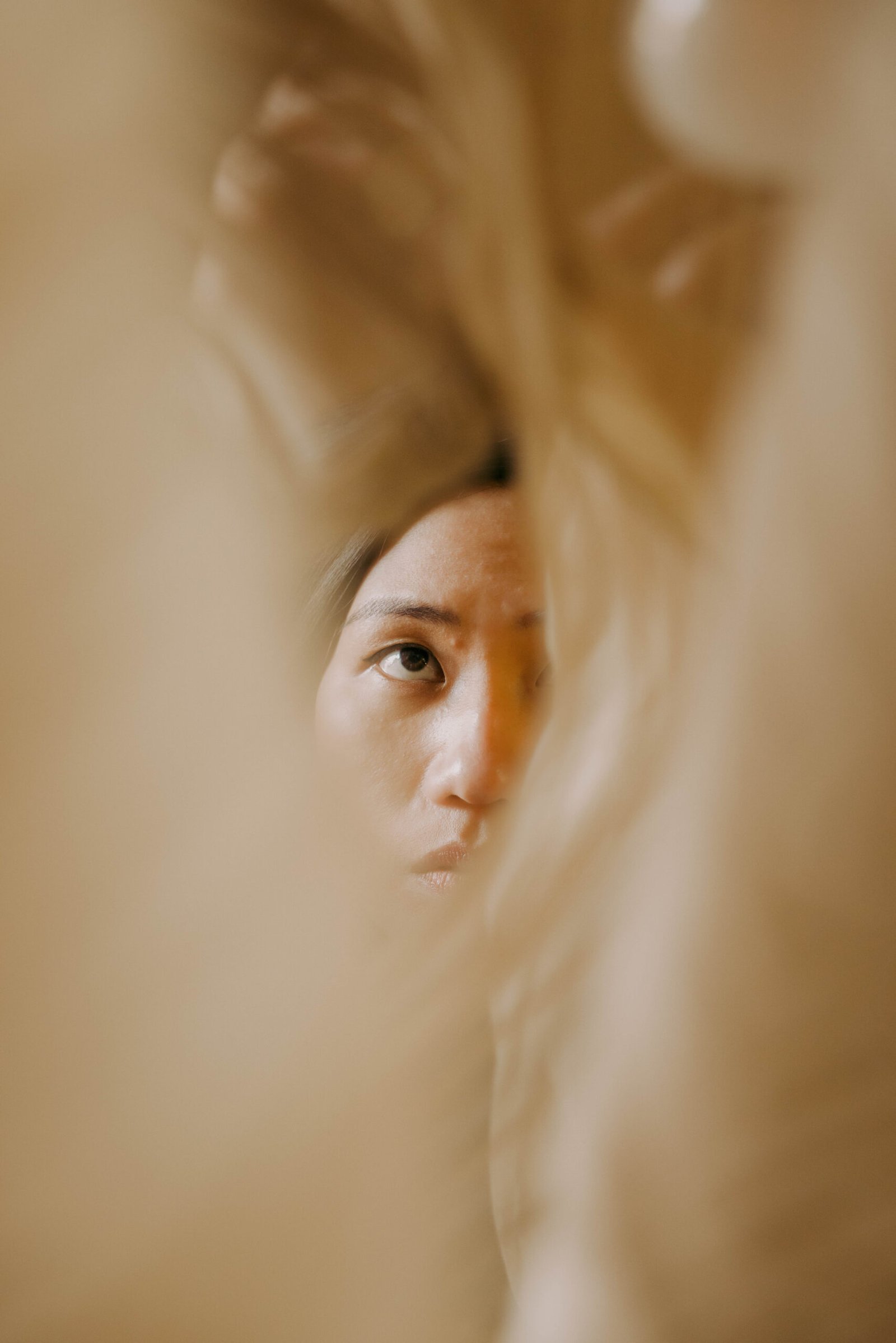Interview The Kanto team
Images Cultivar
Sketches Mirei Monticelli


Ciao, Mirei! Welcome back to Kanto, and congratulations on your latest show for Milan Design Week! Your collaboration with luxury hotel marque Gran Melia, Persephone’s World is designed as an immersive experience within the historic Palazzo Cordusio. Can you describe what visitors will see and feel as they move through the space?
Mirei Monticelli, industrial designer: The exhibit revolves around the myth of Persephone, with every element intricately connected to her story. Visitors pass beneath an arched veil as they enter the space, symbolizing the threshold between worlds. Sculpted lamps, shaped like tongues of fire, illuminate the path, while at the center, a cascading orb of light descends into a reflective table crafted from vitrified onyx and bronze. These materials, chosen for their depth and resonance, create an interplay of light, reflection, and texture, immersing visitors in an ethereal yet grounding experience.
Immersive design can elicit deep emotions beyond its initial visual impact. What kind of conscious or subconscious response do you hope visitors will have as they interface with Persephone’s World?
Mirei Monticelli: I want visitors to feel a profound connection, not just with the work itself, but with the history and spirit of the place. The exhibit symbolizes renewal: Persephone’s return from the underworld and the arrival of spring. More than just witnessing the transition, I want people to feel it—to experience a sense of awakening and vitality, as if emerging from darkness into light. Every detail, down to the curation of floral arrangements, was designed to coincide with this theme of rebirth. Ultimately, I hope visitors leave with a renewed sense of presence, attuned to the cycles of nature and transformation.





Palazzo Cordusio is a storied landmark in Milan, a 19th-century palace of commerce by architect Luca Beltrami reimagined as a hotel and now, thanks to you, a space for contemporary design. How does the venue itself influence the way visitors experience Persephone’s World? What is it like working with Gran Melia on the project?
Mirei Monticelli: When Gran Meliá first approached me, it almost felt too good to be true. I’ve learned to embrace moments like this. To trust that incredible opportunities can happen. Palazzo Cordusio, with its rich history and architectural grandeur, adds layers of meaning to the installation. It’s a place of transition, having evolved from a financial institution to a cultural landmark, much like Persephone’s journey between worlds.
Collaborating with Gran Meliá was an inspiring experience; their vision for integrating contemporary design within a historic space aligned beautifully with my approach, honoring tradition while reinterpreting it for the present. I hope visitors feel transported, as if stepping into a liminal space where past, present, and mythology converge.
We’ve previously talked at length about banaca fibers, your material of the moment, and they are central to the narrative of Persephone’s World, connecting sustainability craftsmanship and culture. How do you see materials as carriers of memory, and how does this particular fiber reflect the theme of transition in your installation? Were other materials considered for the installation?
Mirei Monticelli: One of the reasons I am approached for this project is my commitment to sustainable design. Palazzo Cordusio is a LEED-certified building, and Gran Meliá wanted to work with an artist whose values aligned with their philosophy. I fell in love with banaca fiber because it’s not only environmentally responsible, but it also supports sustainable livelihoods. It carries the memory of craftsmanship and ancestral techniques passed down through generations.
I collaborated with Costantini Design to design a table for the exhibit that exemplifies a balance of sustainability and permanence. We carefully selected materials that embodied longevity and transformation—bronze, for instance, was chosen for its recyclable and enduring nature.


Your installation reinterprets the myth of Persephone through light and materials. In today’s world, where design is more often focused on technology and function, do you think designers should also engage more with storytelling and mythology? What about the myth of Persephone enraptured you enough to use it as your muse for this lighting installation?
Mirei Monticelli: Absolutely. Storytelling has always been at the heart of design. It gives objects meaning beyond function. In a world shaped by fast-paced technological advancement, mythology offers something timeless and deeply human. It allows us to tap into collective memory and emotions that transcend cultures and eras.
The inspiration for Persephone’s World came to me the moment I saw the mosaic outside Palazzo Cordusio. Commissioned by the building’s original owners, Generali Assicurazioni, it depicts a woman picking a pomegranate – an ancient symbol of fortune. But beyond its financial allegory, the pomegranate is also central to Persephone’s myth. That connection felt like fate as if the story had been waiting to be unearthed. Persephone embodies transformation, balance, and the duality of existence—a theme I found incredibly compelling to explore through light and materiality.




Time to zoom out! Milan Design Week is where tradition and innovation meet. As an emerging designer, what does it mean to present work in this city, and how do you see its role in shaping the future of design?
Presenting my work in such a historic location, in the heart of Milan, is a true honor. This city has been my home for nearly a decade. When I first arrived, I was an outsider. I knew no one, but Milan welcomed me. Over the years, I’ve built connections, honed my craft, and found my place.
Milan has always been a bridge between past and future, heritage and experimentation. It nurtures designers who push boundaries while respecting tradition. I believe its role in shaping the future of design lies in this very balance—embracing sustainability, storytelling, and craftsmanship in ways that feel both timeless and forward-thinking. I’m incredibly grateful to be part of this ongoing dialogue.
Tanti complimenti, Mirei! •







